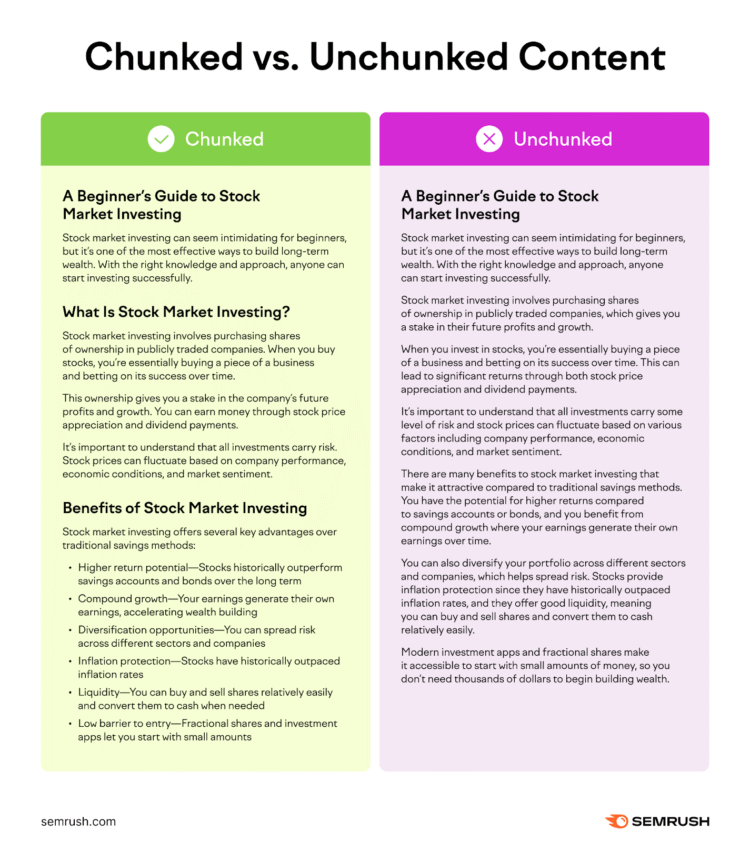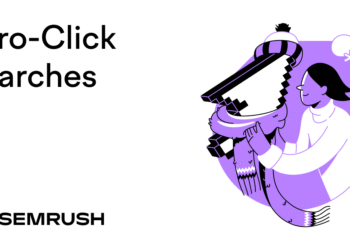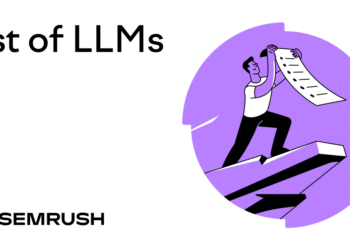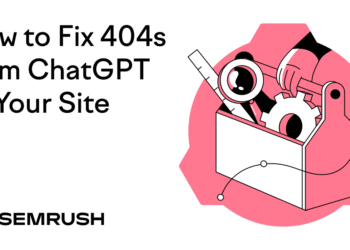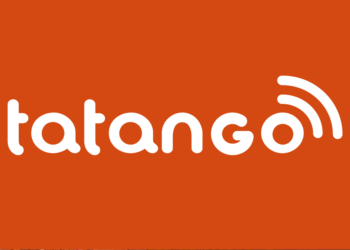SEOs are being advised to “chunk” their content if they want to appear in AI answers.
But what exactly is chunking? Is it some new SEO tactic? And more importantly, does it actually work?
Let’s break it down.
What Is Content Chunking?
Content chunking is a technique for structuring content into smaller, more focused sections (called chunks) that AI systems can more easily process and extract information from.
Here’s a side-by-side example of the same content, chunked vs. unchunked:

You’ll see that chunked content uses:
- Clear headings to separate different subtopics
- Short paragraphs that focus on one main idea at a time
- Bullet points to provide a better, more digestible structure
If you organize your content this way, AI systems can supposedly identify and use specific pieces more easily when generating responses to user queries.
This also offers a much better experience for human readers.
But content chunking isn’t something new to us writers. We’ve been told to format content like this for years. Before it was called chunking, it was just good writing.
This brings us to an important question:
Does Chunking Content Help with AI Optimization?
Content chunking (which is really just formatting your content clearly) can improve your visibility in AI tools—to some extent.
This is because AI systems use passage-based retrieval.
In simple words, this means AI systems break down webpages into smaller segments and then identify which specific segments best answer a user’s query. When your content is properly structured, it’s easier for AI to identify and pull the most relevant information.
A recent study conducted by SEO expert Chris Green shows the importance of content structure when it comes to AI retrieval.
He recreated the same articles in three formats:
- Dense prose (primarily paragraphs with no structure)
- Structured content (the same prose but with headings and bullet points)
- Q&A format (questions followed by direct answers)
He found out that the Q&A format performed better in AI retrieval compared to the other formats.
I reached out to Chris to discuss his findings in more detail, and he explained that:
“Content chunking is important, but perhaps not in the way that some are thinking. Whilst in the study the ‘Q&A’ content type appeared to perform better, structured, longer-form content didn’t perform badly. So, in circumstances where that type of content may be the best for the user, don’t change your content to a Q&A style—it won’t always be appropriate.”
I agree with him.
Also, I feel a lot of people are overselling the importance of content chunking. It’s not some “secret sauce” that guarantees AI visibility.
What Actually Makes Content Rank in AI Answers
Other factors matter much more for AI optimization than chunking, such as the actual quality of the content itself. Content has to be accurate, helpful, and written with a clear understanding of the searcher’s intent.
Let me show you what I mean.
I entered “what is the best time to send marketing emails” into Google and analyzed the sources it cited in the AI Overview.

The top sources weren’t just well-formatted—they excelled in ways that go far beyond chunking:
- Original research: Some of the top-cited articles share data from their internal studies. For example, MailerLite analyzed 1.7 million email campaigns from December 2023 to December 2024 to identify optimal sending times. This gives AI systems concrete, verifiable information to cite rather than opinions.
- Follow-up questions: Each source goes far beyond just answering when to send emails. They anticipate follow-up questions readers might have and answer them. AI systems often generate these follow-up questions (also known as “fan-out queries“) to provide comprehensive answers.
- Practical advice: All three articles share actionable advice for improving email performance (beyond just focusing on timing). This kind of utility signals to AI systems that the content is not just informative, but genuinely helpful.
- Fresh, updated content: All three articles share the current best practices for when to send emails. AI systems prioritize up-to-date information on a topic.
Notice what’s happening here? These articles would likely rank well even if they were formatted a bit poorly (though that would negatively impact the user experience). The chunking helps AI systems extract information more efficiently, but it’s the substance—the data, depth, freshness, and practical value—that gets them cited in the first place.
Chunking only works if the substance is there.
So while you should absolutely prioritize content quality, you should also give your content the best chance to be discovered and cited by AI tools by making each section capable of standing on its own.
How to Properly Chunk Your Content
Here are some tips to follow to make your content more AI-friendly:
1. Use Descriptive HTML Headings
HTML headings (H2s, H3s, etc.) help you organize your content into hierarchical sections that allow AI to understand what each section covers and quickly identify which parts answer specific user queries.
Here are some tips for writing effective headings:
- Be specific and descriptive. Generic headings like “Overview” or “Next Steps” give AI no context about the actual content. So, use headings that clearly state what information follows.
- Include keywords naturally. Work in relevant search terms without forcing them, as this helps both traditional SEO and AI visibility.
- Keep headings concise and scannable. Write headings that readers can understand at a glance (typically four to eight words) while still being descriptive.
Here’re are some examples of not great versus better headings:
❌ Not great:
<h2>Getting Started</h2>
<h2>Tips and Tricks</h2>
<h2>Advanced Stuff</h2>
✅ Better:
<h2>How to Set Up Your Email Campaigns</h2>
<h2>5 Email Subject Line Formulas That Increase Open Rates</h2>
<h2>Advanced Segmentation Strategies for Higher Conversions</h2>
As you can see, the better headings convey exactly what each section covers, while the substandard ones are vague and unhelpful.
Apply this same level of specificity to your own headings.
2. Get Straight to the Point
The content under your headings should get straight to the point within the first sentence or two.
AI systems are looking for direct answers to user queries—not lengthy introductions or excessive background information.
So instead of building up to your main point with context and background, put the answer in the very first sentence.
❌ Not great:
<h2>What Is Email Marketing</h2>
Email marketing has been around for decades and remains one of the most effective digital marketing tactics. In today’s digital landscape, businesses need to connect with their customers through multiple channels. While social media and paid advertising have their place, email continues to deliver impressive ROI. To understand email marketing, we first need to consider how consumer communication preferences have evolved. Email marketing is essentially a form of direct marketing that uses email to promote products or services.
✅ Better:
<h2>What Is Email Marketing?</h2>
Email marketing is a digital marketing tactic that uses email to promote products, share updates, and build relationships with customers. It involves sending targeted messages to a list of subscribers who have opted in to receiving communications from your business.
3. Keep Paragraphs Self-Contained (as Much as Possible)
Each paragraph should be able to stand alone and make sense without requiring context from surrounding paragraphs.
AI systems often extract individual paragraphs to answer user queries. If a paragraph depends too heavily on earlier sentences for meaning, an AI tool might serve an incomplete or confusing answer.
This doesn’t mean you should avoid using connecting words or transitions. But you should minimize dependencies as much as possible.
Here are some tips for writing self-contained paragraphs:
- Include key context. Don’t assume readers have read the previous paragraphs.
- Stick to one main idea per paragraph. This makes it easier for AI to understand what each paragraph is about.
- Keep paragraphs concise. Aim for one to three sentences when possible to improve readability and AI processing.
Here are examples of dependent vs. self-contained paragraphs:
❌ Not great:
This metric is crucial for understanding campaign performance. It tells you how many people are actually engaging with your content. When this number is low, it usually indicates problems with your email copy. High rates typically suggest your copy resonates well with your audience.
✅ Better:
Email click-through rate (CTR) is crucial for understanding campaign performance. It tells you how many people are actually engaging with your content.
When CTR is low, it usually indicates problems with your email copy. High rates typically suggest your copy resonates well with your audience.
4. Format Your Content with Bulleted or Numbered Lists (When Necessary)
Putting information into a clear, structured list is sometimes a better way to present ideas than forcing everything into paragraphs.
Lists also make your content more scannable for readers.
Plus, AI systems can more easily extract and cite specific points from well-formatted lists.
Use a list when you’re explaining steps, outlining benefits, or presenting multiple related points that would be harder for readers to follow in paragraph form.
❌ Not great:
There are many ways to improve your email open rates. You can write better subject lines by making them specific and benefit-focused.
Another way is to send your emails at the right time of day when people are more likely to check their inbox. Also, using a recognizable sender name helps because people don’t usually open emails from addresses they don’t trust. All of these things can make a difference.
✅ Better:
Here are a few proven ways to improve your email open rates:
- Write compelling subject lines: Keep them under 50 characters, focus on benefits, and avoid spam triggers like “FREE” or excessive punctuation
- Send at the right time: Timing matters. For most audiences, weekdays during mid-morning or early afternoon tend to perform best.
- Use a recognizable sender name: People are more likely to open emails from names they know and trust—so avoid using generic addresses like “noreply@company.com”
The second version gives the same advice—but now it’s structured, scannable, and easier for AI to use.
Start Optimizing Your Content for the AI Era
AI is changing how people find and consume information. The companies and content creators who adapt to this shift will have a significant advantage.
But here’s the thing: You can’t improve what you don’t measure. That’s why it’s crucial to track how your brand and content perform across AI platforms.
Semrush’s AI SEO Toolkit lets you monitor your visibility in major AI systems like ChatGPT, Google, and Perplexity.

Sign up to start monitoring your visibility.

